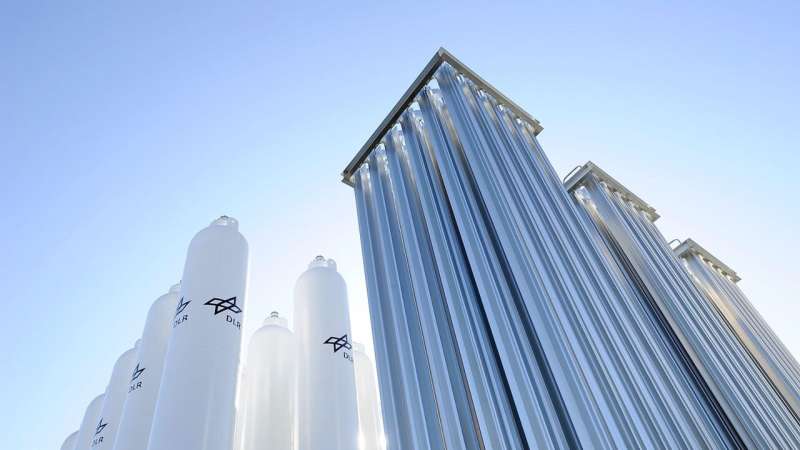Researchers have proposed a novel method for storing hydrogen using existing infrastructure in lakes and reservoirs, potentially revolutionizing the way we approach renewable energy storage. This innovative approach could significantly boost the widespread adoption of green hydrogen, a promising alternative to fossil fuels. The study highlights the vast potential of utilizing submerged high-density polyethylene (HDPE) pipes to store hydrogen, capitalizing on the existing water management systems in various water bodies.

Using Unused Water Infrastructure for Storing Hydrogen
Led by Dr. Julian David Hunt from the King Abdullah University of Science and Technology (KAUST) in Saudi Arabia, the researchers have found a novel way to utilize nature’s own facilities at the bottom of lakes and reservoirs to store hydrogen. HDPE pipes are known for being used in water management, which is perfect application of where to use them for hydrogen storage.
The heart of this plan is using existing infrastructure instead of recreating the wheel (pun intended) saving billions in construction and years getting it all built. The fact that ocean water has an inherently large pressure from the much of the water column above the hydrogen storage pipes means that there is no need to store hydrogen in special high-pressure tanks. The new form is cheaper and more scalable than other methods for storing hydrogen, such as in underground salt caverns or depleted natural gas reservoirs.
Optimizing Hydrogen and Water Pressure To Store Energy
One very important feature of the system is that the internal hydrogen pressure in this proposed storage system can always be limited to a pressure equivalent to water pressure outside. Pressure relief valves are used to control the flow of water and hydrogen in the pipes at an even pressure.
If, for instance, heavy rain raised the water level, inlet and pressure relief chambers would call some of the hydrogen pull it away to allow more water in and maintain desired pressures. This is possible by the insolubility of hydrogen in water minimizing its environmental impact and safeguarding marine life. This means the system can take advantage of this inherent balance, and is able to cope with changes in water levels and hence capable of reliable operation as a long-term hydrogen storage solution.
Unlocking Lakes And Reservoir For Vast Hydrogen Storage
For example, when examining the Oroville Reservoir in California the researchers concluded that a cost of $0.17/kg-levelized could be achieved with this type of hydrogen storage at 200 meters depth. Meanwhile, global capacity for hydrogen storage in natural and artificial lakes could even amount to 15 PWh (petawatt-hours), around 20 times higher than the theoretical ability of salt caverns, with 12 PWh related to natural lakes and 3PWh associated with the most recent ones (reservoirs).
This single potential accounts for double the total capacity of land storage facilities in the Caspian Sea and demonstrates the huge market for this new form of storage. The researchers estimate that hydrogen storage capability can be expanded by orders of magnitude, especially near both renewable energy sources and the centers of demand for energy (cities and industrial districts) by tapping into these abundant water resources.
